Archive for 'Vocabulary'
Korean Calligraphy—A Modern Perspective on a Traditional Art Form Posted by Linda on Feb 29, 2012
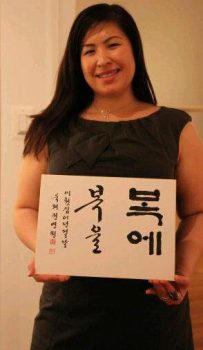
If you are studying the Korean language, known as Hangul (한글), you may appreciate its simplicity. 한글 is a relatively new writing system with a scientific background; its 24 characters represent the features of the mouth when pronouncing each shape, letter. It was invented by King Sejong during the Joseon Dynasty in 1446, but was…
Korean Lunar New Year: Traditions and Zodiac Animals Posted by Linda on Jan 19, 2012
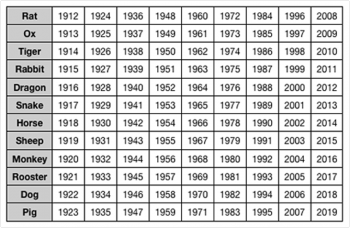
As the holiday season is quieting down in the Western world, the Eastern world is gearing up for Lunar New Year. Although Koreans celebrate both Solar and Lunar New Years, Lunar New Year is one of Korea’s most important traditional holidays. Traditional holidays are called 명절 (transliteration: “myeong jeol”). In our previous blog article, we…
Korean New Year: A Traditional Soup Recipe Posted by Linda on Jan 2, 2012
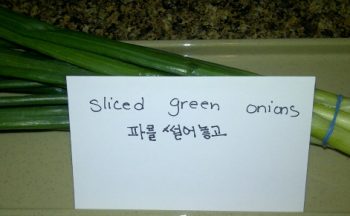
Happy New Year! “새해복많이받으세요!” or the transliteration, “Say hey bok mahn ee bahd euh sae yo!” The literal meaning roughly translates to, “May this year bring you many blessings!” Many Koreans celebrate both solar and lunar New Years. Lunar New Year is called 설날 or the transliteration, “Sohl-nahl”. And, the literal meaning roughly translates to…
The Importance of Being a Tiger— Tiger Motifs in Korean Art Posted by Linda on Dec 23, 2011

A tiger 호랑이, or the transliteration “ho-rang-i”, is a significant motif in Korean culture, especially in the realm of folklore and folk paintings. 호랑이들 represent courage and pride; they are also a good luck symbol. Korean folk paintings, known collectively as 민화, or the transliteration, “minhwa” were the common people’s art formin the late Joseon…
Korean Persimmons Posted by Linda on Dec 10, 2011
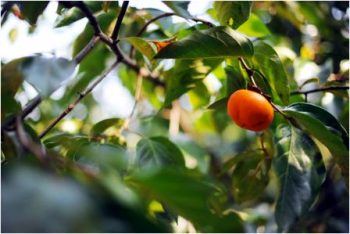
It’s harvest time in Korea, and autumn (October to early December) is the only season persimmons are plentiful. If you live in Korea, you will see them being sold everywhere—from outdoor markets, grocery stores, to subway stations. For about 1,000 won, you can buy four to five persimmons. An affordable and healthy treat, persimmons…
A Beginner’s Mind Posted by Linda on Dec 1, 2011
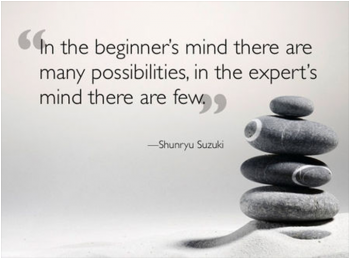
“Why are you learning Korean? You.” This question haunts me. As a second generation Korean-American who learned how to speak Korean by osmosis from my Korean mother’s small conversations and language leaks amongst her family and friends, I am insecure about my “Korean-ness”. Our stereotypical society expects me to know about Korean culture, food, and…
Korean Numbers 1-100 Posted by Ginny on Mar 25, 2010
I know we’ve already gone over the numbers, but I made this chart of Korean numbers 1 – 100 so that you could compare the native Korean numbers along with the Sino Korean numbers. Just for good measure, I threw in zero as well. 🙂 If you’re new to learning Korean, check out our other…


